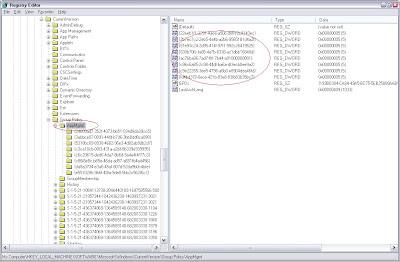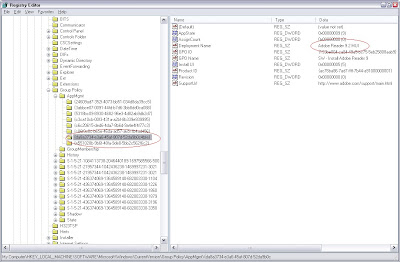http://www.grouppolicy.biz/2011/03/how-to-enable-group-policy-preferences-support-for-ie9/
How to enable Group Policy Preferences support for IE9
Mark Heitbrink (fellow Group Policy MVP) has published an article which explains why it does not work and explains briefly how to modify the XML file for Group Policy Preferences so it will apply setting to IE9.
Therefore taking Mark excellent information I have gone thought the process step by step below showing what I think is the easiest way to find and edit the XML file to enable GPP for IE9.
Step by Step enabling GPP for IE9
Step 2. In the same Group Policy Object navigate to User Configuration > Policies > Windows Settings > Scripts (Logon/Logoff) and double click on the Logon (or logoff) option. Then click on the “Show Files” button.
Step 3. Click on “Users” in the Address bar.
Step 4. Then click on the “Preferences” and then “InternetSettings” folder and then right click on the “InternetSettings” file and click on “Edit”.
Now we are looking at the XML that is used to apply the Group Policy Preferences settings. This is where we need to change the version number to support IE9.
Tip: Enable “Word Wrap” in notepad to see the text on multiple lines.
Step 5. Change “max=9.0.0.0” to “9.1.0.0” (see below)
Before:
After:
Step 6. Save the file and you are done.
Now you can have the goodness of Group Policy Preferences with IE9, however as the article also said this is NOT supported so please test carefully.
What is also nice about this change is that it will be persistence, so if you make subsequent changes to the same setting you do not need to edit the XML again however you will need to make this change each time you make a new GPP IE Policy setting.
Source: Internet Explorer 9(IE9) Group Policy Preferences (GPP) (Via GPOGuy )




